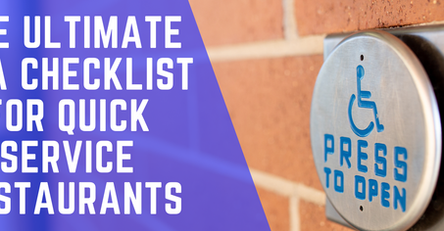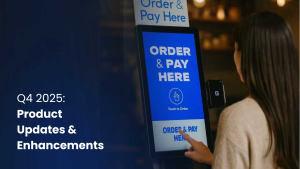What is a QSR Experience? & How Can You Improve It
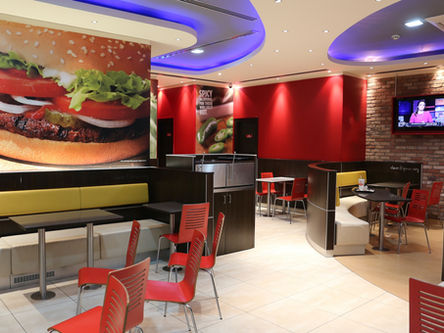
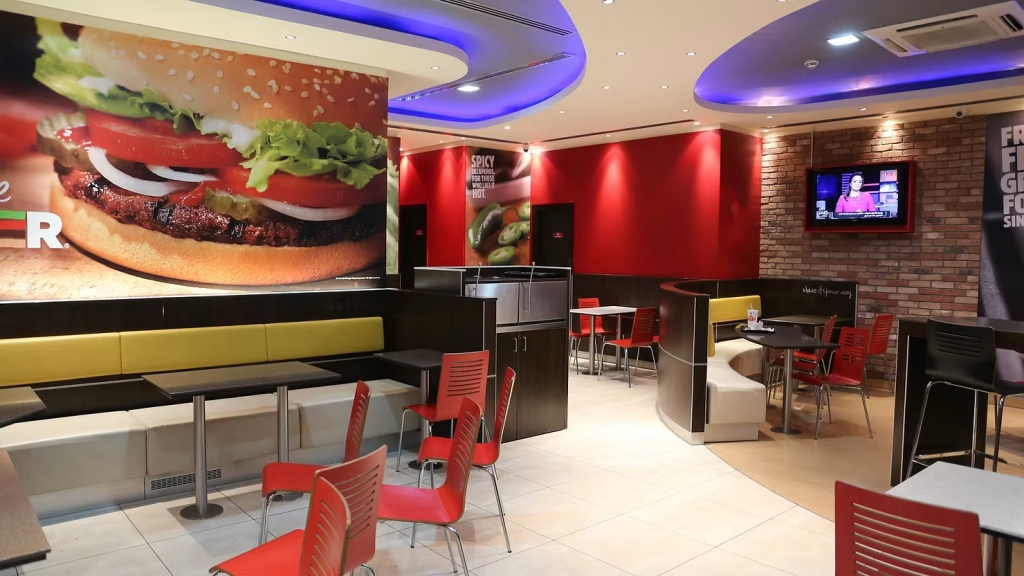
Everywhere you look, there are dining options. Local mom-and-pop shops, casual restaurants, fast-food chains, fancy sit-down spots — the list goes on. This is why the restaurant industry is such a competitive market. IBISWorld reports that there are 204,000 fast-food dining establishments in the U.S. in 2022.
Restaurant owners must be on their game all the time or risk losing their customers to other eateries who are pushing out better food or serving their customers faster. Many establishments live or die by the quick service restaurant (QSR) experience.
A QSR experience is a term that restaurants use to describe the service they provide their customers. Restaurants need to understand what a QSR experience is, the difference between QSR and casual dining, and ways to enhance a customer’s QSR experience.
We’ve compiled some information that can help restaurateurs understand the QSR experience better, along with some actions they can take immediately to serve and satisfy their customers.
What is a QSR Experience?
Understanding the quick service restaurant (QSR) experience is the first step to achieving success. This is a restaurant term more widely known as a fast-food restaurant.
There are different types of restaurants with QSR experiences: fast-food restaurants (like McDonald’s, Subway, and Burger King), buffets, and other franchises that use the QSR experience approach to serve their customers, too. These eateries focus on functionality and servicing a large volume of customers as quickly and efficiently as possible.
Characteristics of QSRs
Customers that eat at a QSR have certain expectations. They want good food, fast — and they don’t want to pay a high price for it. If the dining establishment meets these expectations and also provides a pleasant experience, the customer is more likely to come back.
Restaurants that offer a QSR experience may serve vastly different food. However, their way of making sure their regular and new customers are served quickly and accurately will have distinct similarities.
Limited Menu Items
QSRs typically don’t have multi-page menus with a wide array of choices. Popular items on these menus are burgers, sandwiches, fries, wraps, pizza, and soft drinks. They may offer a few simple desserts and pre-packaged salad options.
Serving a limited menu gives QSRs a couple of advantages. First, it creates efficiency in the kitchen. Cooks are only tasked with making a dozen or so items. This makes the prep process quick and seamless. Second, a limited menu helps the QSR establish a brand. Want a great burger? Go to Wendy’s. Looking for fast Tex-Mex? Go to Taco Bell.
Average Meal Price of $5-$8
Restaurants in the QSR industry must not only serve customers good food quickly, they need to keep a close eye on their prices, too. Most QSR menu items range in price from $5-$8.
This price point can be difficult to maintain, depending on the type of food the establishment serves. However, staying within this price range keeps QSRs competitive with the many other restaurants vying for the same customers.
Some QSRs offer a few items on a low-priced menu, run specials, and offer print and online coupons to help their customers save money.
Most Orders Are Takeout
While some QSRs have dining rooms, the majority of their business is from takeout orders. Customers may walk in and order their meals for carryout, go through the drive-thru for a quick order, or place an order online and pick it up. They might even order food delivery via a mobile app.
Takeout has been popular for many years with customers needing quick meals on the go, but became even more prevalent during the pandemic when it was the only option.
No Table Service
You won’t be seated by a hostess, nor will you order your meal with a server at a QSR. You’ll most likely look at a menu on the wall and place your order with a cashier, then make your way to a table with your food.
QSRs cut out the middleman (the server) during the dining experience. Since one of a QSR’s main initiatives is to serve customers quickly, this concept helps staff enter customer orders straight into the system, get to work on them, and have them ready to eat in a fraction of the time it takes to get food at a restaurant with table service.
The Main Differences Between QSR and Fast Casual Dining
Fast casual dining is a fairly new concept that blends some aspects of QSRs and casual dining. Popular restaurants in this category are Panera Bread, Chipotle, and Jimmy John’s.
Hungry diners may opt for a fast casual restaurant when they want a nicer experience and slightly higher quality food — without paying a fortune.
They are similar to QSRs in that they usually don’t offer table service and serve a large volume of people quickly. However, there are some easy ways to tell them apart from their QSR counterparts:
- Quality: Fast casual restaurants typically have higher quality food.
- Ambiance: Dining rooms at fast casual restaurants are nicer, with more comfortable seating, lower lighting, and pleasing music.
- Pricing: Fast casual establishments usually charge higher prices than QSRs.
6 Ways To Enhance Your QSR Experience
QSRs must contend with stiff competition to keep their customers happy — and attract new ones. Even though the experience is quick, it should still be pleasant and enjoyable.
Below are six ways that QSRs can please their customer base, enhance their brand image, and be more competitive with other eateries.
1) Offer Comfortable Seating, Fun Music, and Good Lighting
A dining room that’s more modern and comfortable can set a QSR apart from the others. Upgrading from the normal plastic seating with cushioned chairs enhances the dining room’s ambiance, as does warm lower lighting. The music choice is integral, too. Fun, upbeat tunes lend themselves to a festive atmosphere, while softer, more relaxed music helps create a calmer environment.
2) Consider a Rewards Program
Loyalty programs appeal to many consumers and are a powerful way to retain customers while rewarding them for choosing your QSR. Using a mobile app to give participants discounts, easy ordering, and ways to earn freebies is a smart way to build your brand and increase repeat customers.
There are many rewards programs out there. QSR Magazine recently offered some recommendations for creating ones that excite customers.
3) Serve the Best Meal in Town
When all is said and done, people come to your restaurant for the food. Make it fresh, hot, and delicious. Soggy burgers and fries that have languished under a heat lamp for hours will fail to create the experience you want your customers to have.
Quickly and consistently serving tasty, fresh food should be at the top of every QSR’s priorities list. Remember, a single bad customer experience can negatively impact your brand.
4) Reduce Customer Wait Times
Nothing sets off a carload of hungry people more than a long wait. Untrained staff, problems in the kitchen, and not being prepared for a rush can lengthen a QSR’s order processing time. Long waits are a turnoff for customers and make them view their entire experience with your restaurant in a bad light.
Take action to keep wait times as low as possible. Staff your QSR well, thoroughly train every team member, and establish inventory management processes to avoid running out of popular items.
5) Create a More Personalized Experience
Customers like to feel special. What better way to do this than sending them offers tailored specifically to them?
A 2019 survey by AdTheorant finds that 71% of consumers say receiving a tailored, relevant ad from a QSR/FCR brand gives them a more favorable opinion of that brand.
Finding ways to personalize the experience is key for QSRs to create customer loyalty and drive retention. Using data and AI, QSRs can better predict items and offers their customers would be most interested in and then give them what they want.
6) Utilize Self-Ordering Kiosks for a Better User Experience
Today’s customers want more control over their purchasing experience, and self-service kiosks offer that to them. Instead of waiting in line to place an order, they can choose their food and order through the kiosk quickly and easily.
Yes, there are pros and cons to fast-food kiosks, but the good outweighs the bad. Using kiosks in QSRs offers significant benefits: it’s a way to simultaneously speed up an already fast process and let the customer drive. Plus, it’s a great upselling opportunity. Self-serve kiosks elevate the user experience, build customer retention, and increase the average order per person.
Create a Better QSR Experience With INFI
Understanding the QSR experience and how it differs from other restaurant approaches is the first step to making it successful. By offering tasty food, fast service, a comfortable atmosphere, and a way to build loyalty, QSRs can remain competitive and keep other eateries from cutting into their profits.
If you’re committed to helping your QSR serve customers faster and more efficiently, consider adding kiosks to your ordering process. Get a free demo from INFI to see how our self-service kiosk solutions can help you elevate your customer experience and increase business.
Related Posts
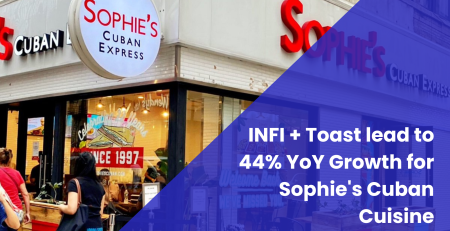
Case Study: Sophie’s Cuban Cuisine Drives Revenue Growth with Advanced Self-Order Kiosk Technology
Client: Sophie’s Cuban Cuisine Industry: Fast Casual Dining Locations: 11 Point of Sale: Toast Key Stakeholder: George J. Cestero, COO & IT/Digital Marketing Director...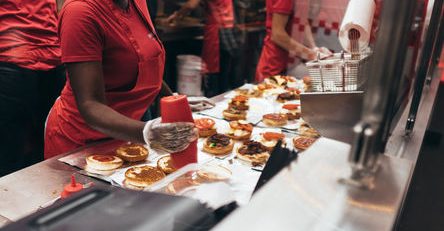
6 QSR Trends That Are Changing the Restaurant Industry
Today, QSR establishments continue to see ongoing changes in response to social and technological developments. We’ve compiled six of the...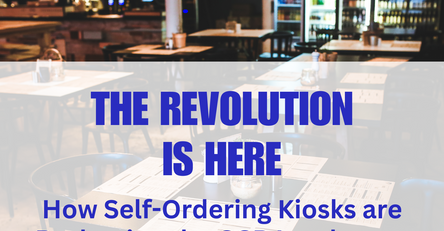
The Revolution is Here: How Self-Ordering Kiosks are Reshaping the QSR Landscape
One particular innovation has started to significantly reshape the QSR industry landscape—self-ordering kiosks.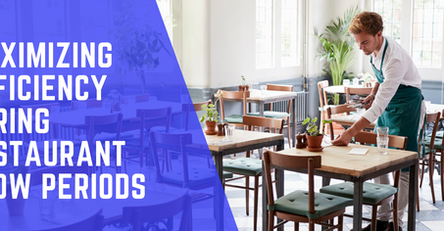
Maximizing Efficiency During Restaurant Slow Periods: A Digital Approach
This blog post explores how to navigate these slow periods effectively, focusing on digital investments and smart strategies to enhance...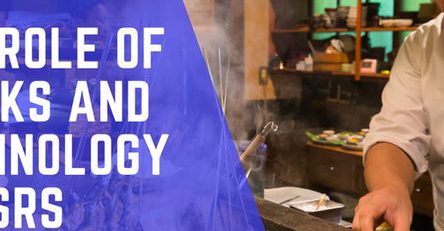
Navigating the Future of QSRs: The Role of Kiosks and Technology
We went through these articles and skimmed through the almost 500 comments to get some insight on how people are...
How to Open a Pizza Place: Step-by-Step Guide & Tips
If you’re considering starting a pizza place, follow this comprehensive guide to ensure your success.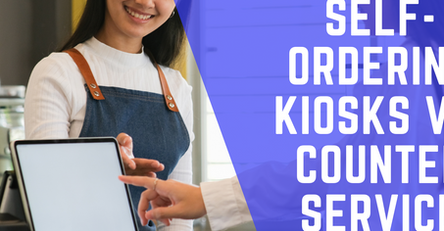
Comparing Self-Ordering Kiosks vs. Traditional Counter Service: Which Is Right for Your Restaurant?
This article delves into the pros and cons of self-ordering kiosks versus traditional counter service to help you determine which...
Top Marketing Ideas for Quick Service Restaurants (QSRs)
QSRs need to leverage creative approaches to boost brand visibility and drive sales. Here are some top marketing ideas...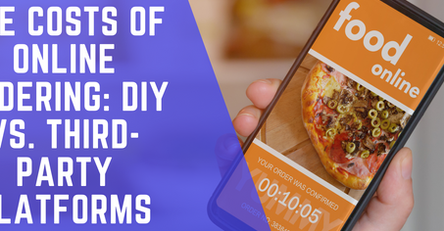
The True Costs of Online Ordering: DIY vs. Third-Party Platforms
As online ordering continues to reshape the restaurant industry, businesses face a crucial decision: build an in-house ordering system or...